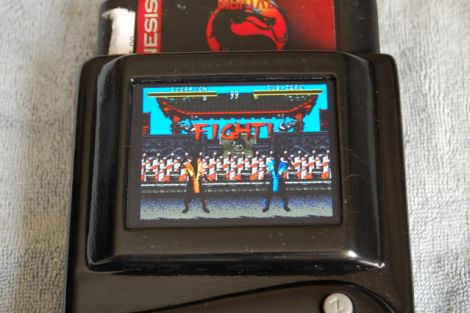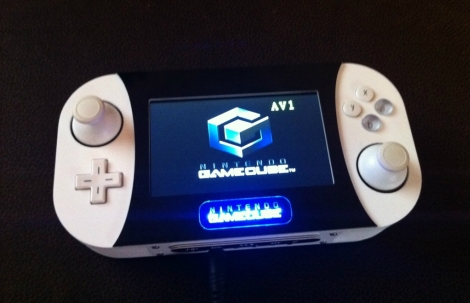There’s something about portable gaming systems that just doesn’t get old. Perhaps its the nostalgia, or the unique cases and form factors the modders come up with. Whatever it might be, we think they’re great.
[Downing] wrote in to share a portable system he just wrapped up, called the GeneBoy. He broke down a Sega Genesis console to the bare necessities, then attached a 3.5” backup camera screen to serve as the display. A 3rd party Genesis controller donated its buttons to the GeneBoy, while his D-Pad was salvaged from an original Playstation controller.
The case was built from vacuum formed plastic, which made it easy to get just the size and shape he needed to hold everything together perfectly. Even though he says that the outside of the case got a bit roughed up during final assembly, we think it looks great. I would certainly enjoy having all the fun of [Sonic the Hedgehog] or Road Rash in the palm of my hand any day!
Continue reading to see the GeneBoy in action, and be sure to check out [Downing’s] blog along with the Modded by Bacteria forum thread where he discusses the finer details of its assembly.
Continue reading “GeneBoy Is The Portable Sega Genesis You’ve Always Wanted”



















